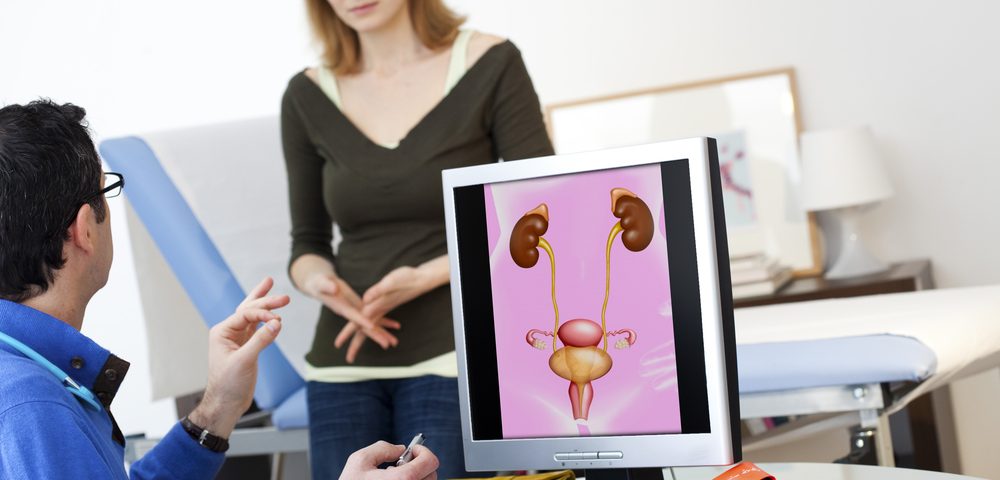Endometriosis affecting the urinary tract is a rare condition that requires specific skills for diagnosis and treatment, a group of endometriosis experts from Stanford University Medical Center and other U.S. institutions said in a recent review.
The condition — which may be underreported due to a lack of knowledge among physicians — should be treated with surgery in most cases, and may require the collected expertise of gynecology, urology and colorectal surgeons.
The article, “Pathophysiology and management of urinary tract endometriosis,” appeared in the journal Nature Reviews Urology.
Authors looked through published research about the mechanisms of the condition, and combined that with their own experience of diagnosing and treating urinary tract endometriosis, which occurs in only 1 to 6 percent of women diagnosed with endometriosis. But since the condition may be difficult to diagnose and is not well-known among physicians, researchers say it may affect more women than these statistics suggest.
While it is generally believed that endometriosis arises as a result of retrograde menstruation — in which endometrial cells end up in other parts of the pelvis — research shows that up to 90 percent of all women have retrograde menstruation, even though only 10 percent develop endometriosis.
This suggests that other factors must be present to make the escaped endometrial cells settle and grow in a new location.
Urinary tract endometriosis usually infiltrates deep into bladder or ureter tissue. Such infiltrating lesions seem to evolve through mechanisms that differ from those seen in superficial endometriosis. Research has identified numerous molecular factors that are specific to infiltrating endometriosis.
In addition, abnormal immune responses may also cause endometriotic lesions — both in the urinary tract and in other locations. Women with autoimmune conditions and atopic diseases such as allergy and asthma are more prone to endometriosis, supporting the idea.
Endometriosis in the urinary tract is most commonly seen in the bladder. For every woman with ureteral endometriosis, there are eight with bladder lesions. In very rare cases, a lesion can also develop in the kidneys. When present, bladder lesions cause pain and blood in the urine; both more common and easier to diagnose.
In contrast, endometriosis in the ureter — which passes urine from the kidneys to the bladder — is usually silent. For this reason, it is potentially much more harmful, since obstruction of the ureter may cause silent kidney loss.
Endometriotic lesions can occur both outside and inside the ureter or bladder. Both types of urinary tract endometriosis might be detected by various forms of imaging. But as with endometriotic lesions in other locations, a tissue biopsy is needed for a positive diagnosis.
Since ureteral endometriosis is such a rare condition, there is little information on how to best manage it. Nevertheless, treatment of ureteral endometriosis always strives to remove as much as possible of the lesion, and aims to preserve kidney function.
While the authors recommended surgery, they noted that the exact surgical approach depends on the extent of disease, the surgeon’s skills and the availability of proper equipment. Keyhole surgery — possibly combined with robotic techniques — is usually the best option for both bladder and ureteral endometriosis, they argued.
Medical treatment is most often used as a preoperative approach for ureteral lesions. Since endometriotic lesions in the ureter tend to re-appear, it should be the sole treatment, authors said. Oral contraceptives and drugs acting to stimulate gonadotropin-releasing hormone are most commonly used as the only treatment for bladder lesions. But while the team highlighted the suitability of surgery as the optimal treatment, they also noted that surgeons who lack experience in this type of endometriosis might not be well-equipped to diagnose or treat it.

